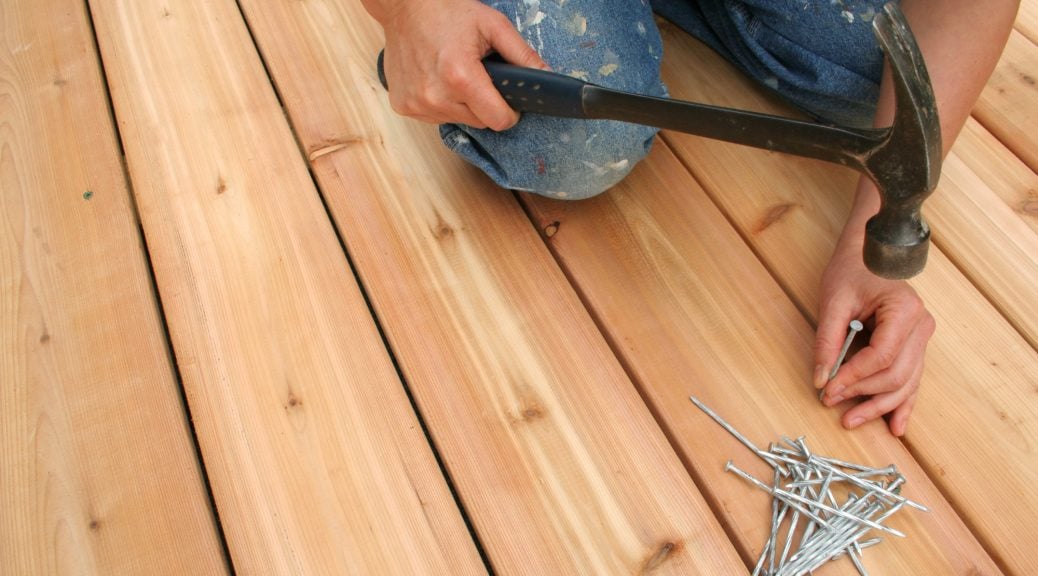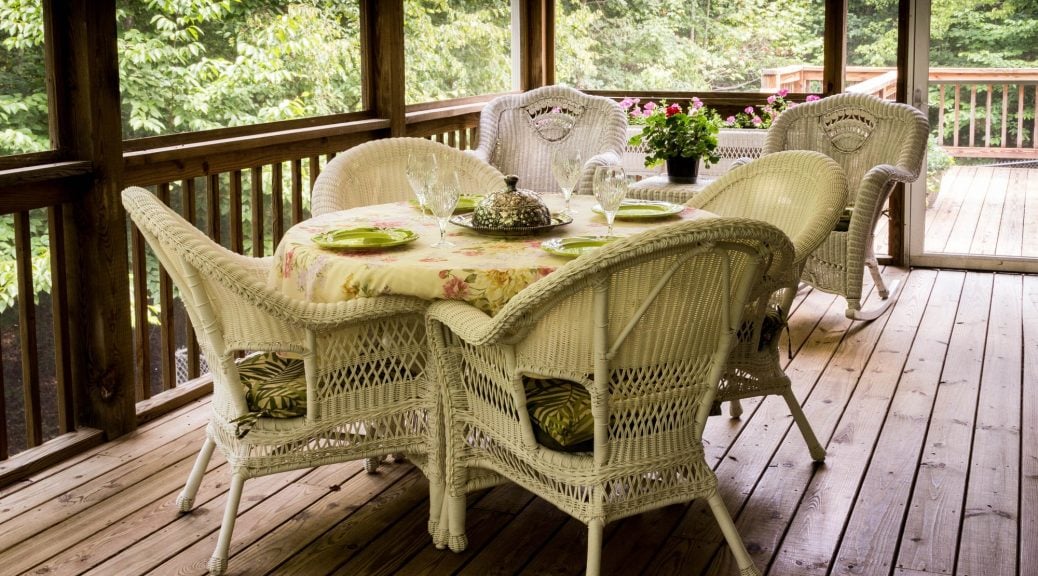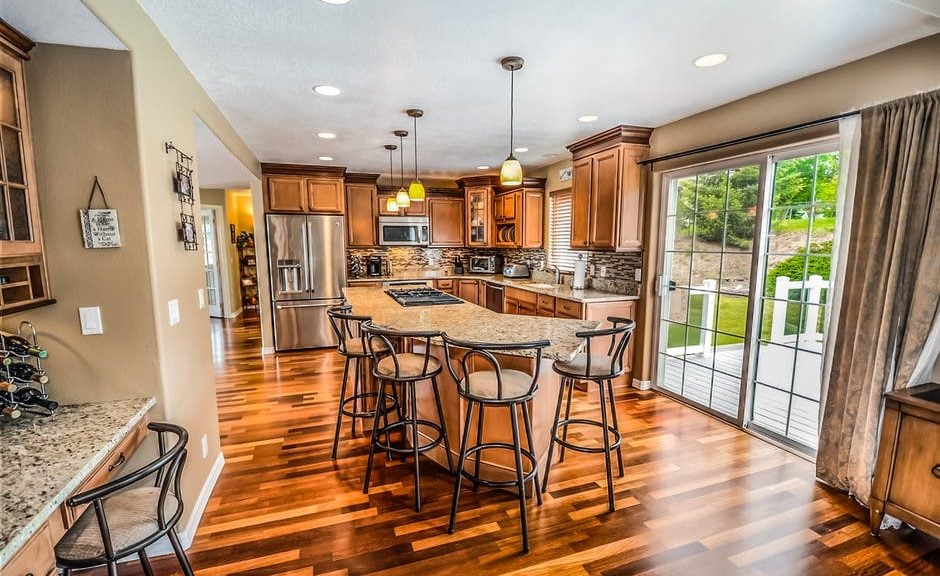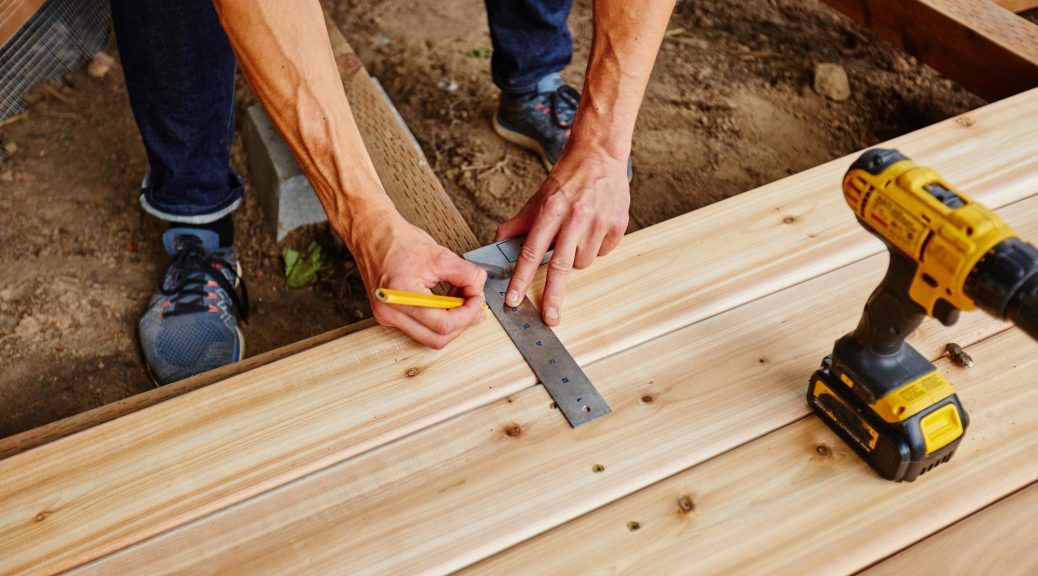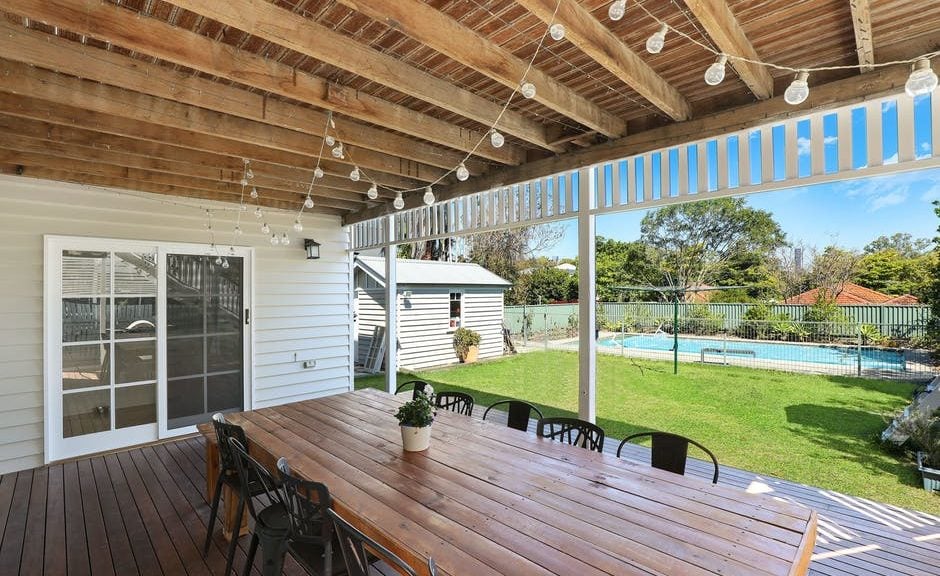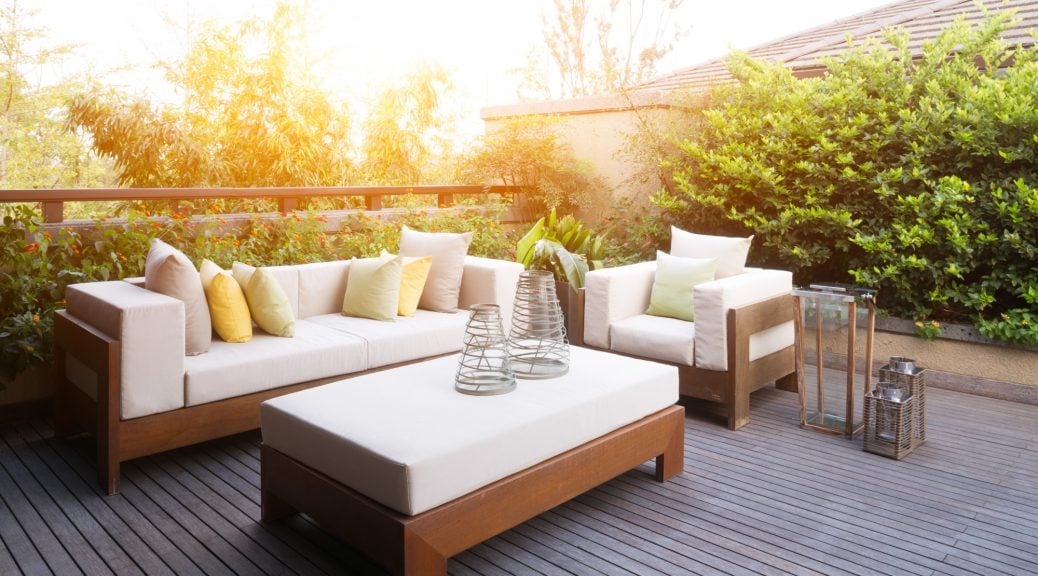Whether you’re thinking of upgrading your faded, worn decking or building a new deck, consider the sustainable floor solutions of IPE decking. It can give your deck, garden path, outdoor patio, backyard gazebo or swimming pool area a hygienic, versatile floor for all your outdoor flooring.
You might be wondering, ”What is IPE decking?” The answer is it’s a durable, sustainable outdoor decking with warm textures and colors.
Read more about why IPE decking is a gorgeous, hard-as-rock, sustainable alternative to traditional wood decking.
What Is IPE Decking?
IPE decking, pronounced ”ee-pay” is dense and strong. It comes from a collection of tropical, Central and South American hardwood species also known as Ironwood, Lapacho or Brazilian Walnut.
The wood is so dense, it sinks in water. Not only that, the wood is so hard, you can’t hammer a nail through it. You have to predrill holes with a carbide-tipped drill bit first.
It’s so durable and sustainable, it can last up to 30 years in outdoor weather conditions without using any chemicals. There’s no other wood decking that can last as long and cost so little in the long run.
What Are the Benefits of IPE?
IPE decking stands out for its long-lasting hardwood and amazing features. Here are some of the benefits of choosing IPE decking for your outdoor living spaces:
Resistant to Wood Decay
Because IPE wood is so hard, rainwater, dew and snow can’t penetrate the surface. This prevents rotting wood that cracks and creates soft spots.
Termite Resistant
According to the Forest Products Journal, IPE testing by the American Wood Protection Association (AWPA) proved IPE resistance to termites. For the study, IPE, Merbau, giant bamboo and juniper sapwood were exposed to termites by burying the wood in termite-infested soil. The test evaluated resistance to fungus and termites.
Forty untreated wood samples were placed into the ground so termites could explore the wood. They observed the specimens at six-month intervals. The results showed that the IPE had no evidence of termite attack or fungus, while the juniper and bamboo were completely destroyed by termites after 32 months.
Class-A IPE Fire Rating
Most decks are constructed using wood, such as cedar, pine and redwood. No matter what type of wood you use, it’s always a fire hazard. If you select IPE for your decking, you reduce the danger of a spreading fire.
IPE decking has a Class-A fire rating, which has the greatest resistance to fire. This is the same rating given to steel and concrete. Although it’s not fireproof, IPE won’t catch fire or spread flames as fast as other wooden building materials. Since IPE is so dense, the wood fibers repel flames and embers.
A Class-A fire rating is important, especially if you live in a wildfire zone or host barbecues on your deck. You don’t have to worry about any embers or sparks that land on your deck.
Mold Resistant
Mold needs moisture to grow. Since IPE decking repels moisture, the mold can’t survive on this hardwood. Even in a tropical climate, IPE resists mold and mildew.
Stays Cooler During Hot Weather
There’s no more hopping from foot to foot when you walk barefoot on your deck on a hot summer’s day. IPE decking doesn’t retain heat. So, even though it feels warm, it doesn’t get so hot that you can’t walk on it. Not only that, the wood remains splinter-free.
Low Maintenance
If you want a weathered, silver patina for your IPE wood decking surface, just leave it alone and will weather naturally in a couple of seasons. This gives your deck a driftwood appearance.
But, if you prefer the natural beauty of wood tones of warm russet with golden highlights, you can apply oil to your decking each year. This will enhance the natural grain and color of the wood.
All of these benefits make IPE decking an exceptional quality wood for your deck, patio, sauna, fencing and roof decks. It’s resistance to humidity, heat and cold makes it ideal for all climates. IPE wood also features exotic patterns, and aesthetically appealing light and dark colors.
Types of IPE Grades
You can choose IPE in three different IPE grades we work with. These can vary according to sapwood, grain, color, and pattern.
IPE Number 1 Grades – FAS/Prime
This is also called first and seconds (FAS). It’s the best IPE grade. This is not the same as A Grade Ipe or Premium. Also, it shouldn’t have any splits, roughness, or holes. The board should be clear on all sides and have a straight grain, rather than tiger stripes or reverse.
The ends of Number 1 Grade IPE are waxed to seal them. When IPE wood meets with the Number 1 Grade requirements, it’s close to perfect.
IPE Number 2 Grades – Select – FAS-1 FACE
Number 2 Grade IPE, also known sometimes as Rustic, allows sapwood and varying grains. The good side of the board can have minor flaws, such as knots and other minor imperfections.
The back of the board can have broken knots. But, this grade doesn’t allow splits or any structural defects. Sanding Number 2 Grade IPE helps make any small imperfections less noticeable and enhances the grain of the wood.
Choosing IPE Grade for Your Home Projects
Depending on where you want to use IPE decking, consider the benefits of Number 1 vs Number 2 Grade IPE. If you want a rustic look for fencing or siding, Number 2 looks amazing.
On the other hand, if you want a more uniform look, Number 1 Grade IPE is a good choice. Select your IPE decking according to your personal taste.
Is IPE Right for Your Home Construction Project?
Now that you have the answer to ”What is IPE decking?’,” you can decide if this durable, eco-friendly hardwood is right for your deck, fence, roof flooring, or siding. Its long life makes it economical and the gorgeous wood tones and textures can boost your home’s curb appeal.
If you’d like more information on exotic, natural IPE decking for your home, contact us for a free estimate. We’re also happy to answer any questions you have about our hardwood decking products and installation.
FSC® Certified Ipe Rundown
While we adhere to all legal processes, Ipe Woods USA is also FSC® certified. We work with many companies that do work with the FSC® certification process and we are FSC® Certified at this time. If you are looking for FSC® certified Ipe, give us a call. It is very important to note that a company can have an FSC® logo on its site but sell non-FSC® certified wood. You will want to make sure you procure the correct documentation and on your invoice, it states it is FSC®.



